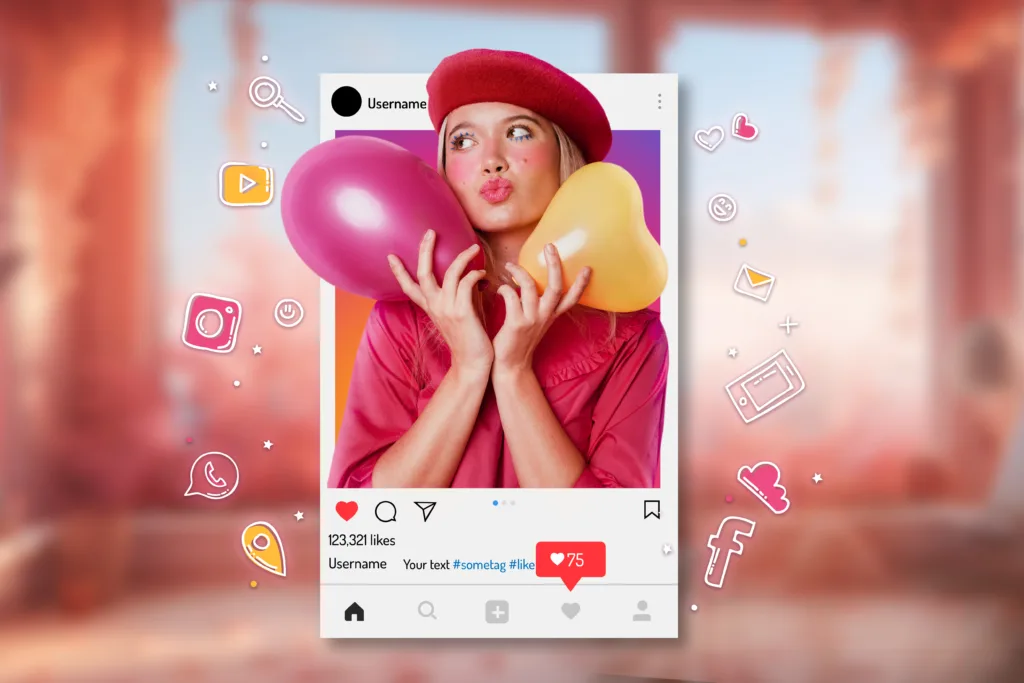In today’s digital age, influencer marketing is no longer just a niche strategy but a mainstream approach for brands to connect with their target audience. Teaming with social media personalities has become a pivotal way for brands to advance in the competitive market.
According to BBC, “Once a niche marketing strategy, teaming up with social media stars may be the only way for brands to truly get ahead now.”
While the concept of endorsements isn’t new, with celebrities and royals promoting products since the late 1800s, the rise of social media platforms has transformed the landscape. Influencers, with their authentic connections and relatable content, have become the new-age celebrities.

Hilary Gorbould, influencer marketing manager at Stockholm-based Redgert Comms, emphasizes, “We’re in an era where traditional media no longer holds the monopoly on information dissemination.”
The Power of Micro and Mid-Tier Influencers
While mega influencers like Charli D’Amelio have massive followings, brands increasingly recognize the value of micro and mid-tier influencers. With follower counts ranging from 10,000 to 500,000, these content creators often have a more engaged and niche audience.
As Gorbould mentions, collaborations with micro-influencers can be as affordable as £300 ($365), making it accessible for brands of all sizes.
While sales conversion is a standard metric to measure the success of influencer marketing campaigns, the actual value goes beyond just revenue. Samuel Burgess, a UK-based consultant, highlights that brands value acquiring new customers in competitive markets. Influencers drive sales, boost brand reputation, and help companies become part of the cultural conversation.

The Double-Edged Sword of Influencer Marketing
Influencer marketing isn’t without its challenges. As Karen Freberg, a professor of strategic communication, points out, “Influencers can be spectacular for brand campaigns. However, a single controversy can severely tarnish a brand’s reputation.”
Brands must be vigilant in their partnerships, ensuring authenticity and avoiding potential pitfalls.
The era of influencer marketing is just beginning. As societal and social media trends evolve, so will the strategies of marketers and influencers. Brands that fail to recognize the power of influencer marketing risk being left behind.
Freberg aptly states, “For many influencers, this isn’t just a trend; it’s their livelihood.” The message is clear: influencers are here to stay in modern marketing.




